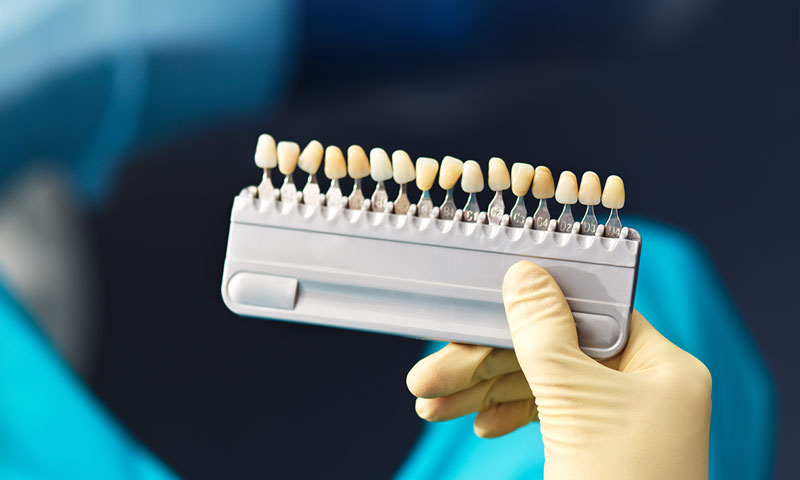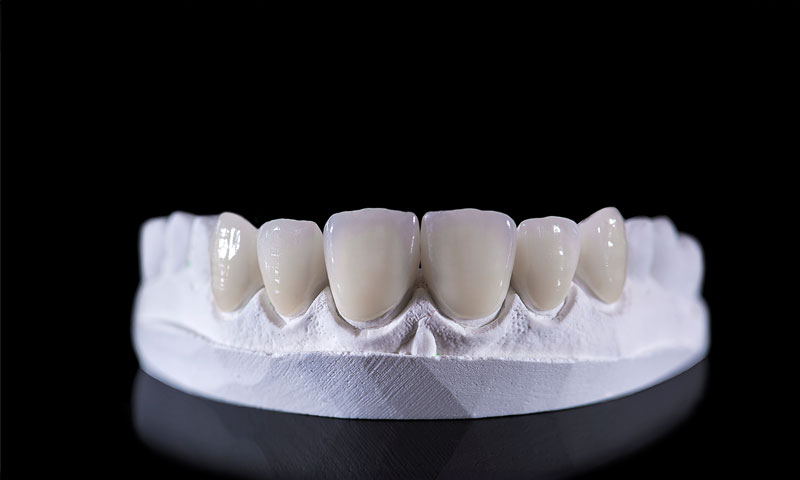Teeth fall out for a variety of reasons. Sometimes they are removed due to decay or often times they are damaged in physical activities – like hockey. Regardless of how the tooth came to be missing, it’s important that you take the necessary steps to ensure your mouth stays healthy. Here are four treatment options for missing teeth.
Do Nothing
Doing nothing is really the least advisable option for a missing tooth. If you visit your dentist and they tell you it’s not a big deal, you may want to start looking for a new dental office. Replacing a lost tooth is important for a myriad of reasons including restoring maximum function, maintaining the alignment of surrounding teeth, and preserving facial contours.
Dental Implants
Dental implants are artificial roots and teeth (usually titanium) that are surgically placed into the jaw. Implants provide excellent support and stability for dental appliances and the teeth attached to implants are very natural looking, enhancing or restoring a patient’s smile. The downside to implants is that the procedure is much more invasive and much more expensive.
Fixed Partial Denture
Fixed partial dentures are utilized when the natural teeth surrounding the missing tooth remain intact and healthy. The process begins with the two teeth on either side of the gap (the “abutment” teeth) receiving crowns. The abutment teeth are then fitted with a false tooth between them. A Partial denture not only fills in the spaces created by missing teeth, it prevents other teeth from shifting without the invasiveness of an implant.
Removable Partial Denture
Removable partial dentures are the same as fixed partial dentures except for the fact that the false tooth is not permanently fixed to the abutment teeth and can be removed easily by the patient. This option is preferred for those looking for a less invasive procedure or those who cannot afford implants.
Contact Dr. Patel and schedule your consultation to discuss your treatment options today!


















